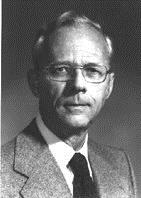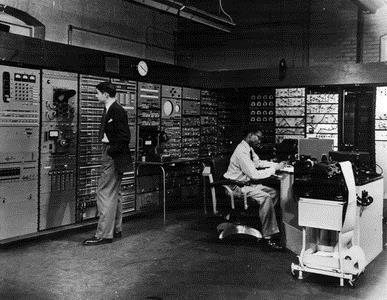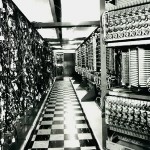
On 14 December 1952 a letter of intent was issued by the US Navy to MIT. The renowned university was requested to develop the Airplane Stability and Control Analyzer programme (ASCA) as a continuation of the Whirlwind Project.
Whirlwind, constructed under the leadership of Jay W. Forrester, was the first high-speed electronic digital computer that operated in real-time with remarkable reliability. It was number one in computer history from a different perspective as well: parallel processing was done by a core memory.
Forrester, one of the pioneers in American computer science, was born in Nebraska in 1918, where he lived on a cattle ranch for a long time. He was a high school student when he built electric power supply for their farm by using an automobile generator powered by a wind wheel. Forrester decided to choose electrical engineering as a career, and went on to work at MIT in 1939.

 During World War Two and the years afterwards, the US army worked on ENIAC, while the navy developed the analogue Whirlwind started in 1945. Forrester transformed the machine into a digital system modelled on ENIAC.
During World War Two and the years afterwards, the US army worked on ENIAC, while the navy developed the analogue Whirlwind started in 1945. Forrester transformed the machine into a digital system modelled on ENIAC.
By December 1954, the gigantic computer occupying a two-storey building comprised of 12500 vacuum tubes and 23800 crystal diodes. It ran 35 hours a week with 90 per cent reliability. Practically, it served as prototype for IBM’s AN/FSQ-7 manufactured for the SAGE air defence system. It greatly influenced IBM’s 700 series computers as well as computers developed by Digital Equipment Corporation.
On 14 December 1954, exactly two years after the Navy’s request, it was featured on one of the television channels in the US. It operated until 1959.
